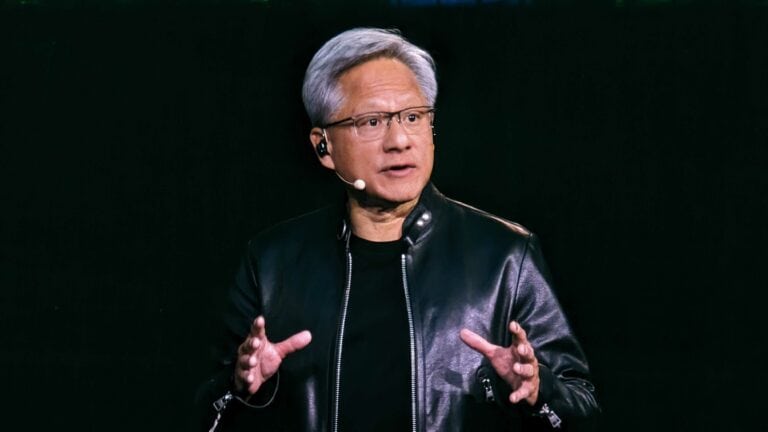In October 2022, just before the launch of ChatGPT, Nvidia was worth just over $300 billion. Now, the GPU maker has soared in value and has claimed the vaunted no. 1 spot.
We recently reported that Nvidia saw its own stock market value soar past 3 trillion. That already put Apple and Microsoft within reach, but now the catch-up is complete. At the close of trading in New York, Nvidia’s market capitalisation was $133.64 per share, for a total of $3.34 trillion.
Unique
Although stock market valuations are permanently in flux, Microsoft and Apple were invariably numbers one and two in recent years, swapping positions occasionally. Amazon, which briefly reached the world’s highest market cap in late 2018, can now be found in fifth behind Google’s parent company Alphabet. In 2011, ExxonMobil was the last company outside of the IT industry to be valued above anyone else.
In contrast, where Microsoft and Apple offer an extensive and diverse range of hardware and software, Nvidia’s rise is overwhelmingly due to one technology: AI, with the hype surrounding generative AI since the November 2022 launch of ChatGPT a seemingly inexhaustible drive for further market growth.
Also read: Nvidia CUDA computing comes to core of Databricks platform
Until when?
Nvidia holds a near-monopoly regarding AI-capable GPUs in datacenters worldwide. Although both AMD and Intel provide alternative hardware in this area, neither party is truly a match for Nvidia’s offerings for now. This is despite the fact that both AMD’s MI300 series and Intel’s Gaudi 3 chip show impressive performance in benchmarks. Nvidia offers both a comprehensive AI software suite as well as nearly limitless scaling for its hardware, something no other company can confidently state alongside it.
However, there is a push from the tech world to start phasing out Nvidia dependence. For example, AMD, Broadcom, Cisco, Google, HPE, Intel, Meta and Microsoft recently united to pit the so-called Ultra Accelerator Link (UALink) against Nvidia’s own (and fully proprietary) NVLink technology. It may be years before such initiatives somewhat will begin to defy Nvidia’s comfortable market position. Another attempt to gain more autonomy regarding AI hardware is to start working on it yourself. Both Apple and Microsoft are busy working on their own AI chips within datacenters, while AWS and Google Cloud are already running AI workloads partly on their own processors.
